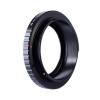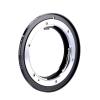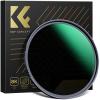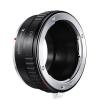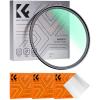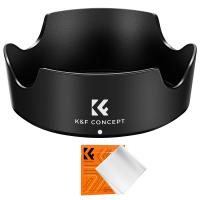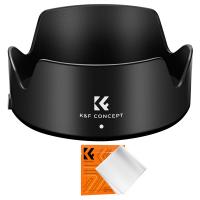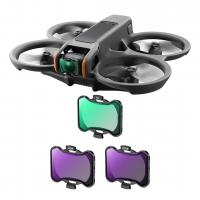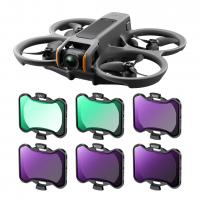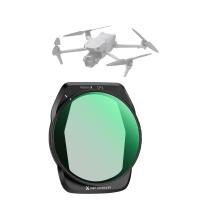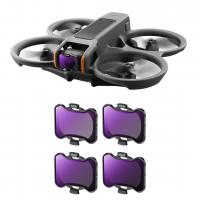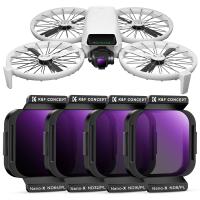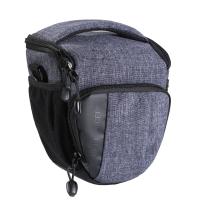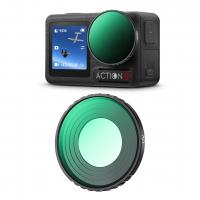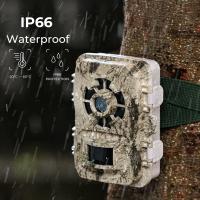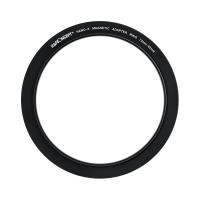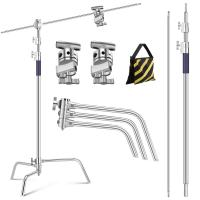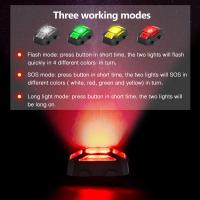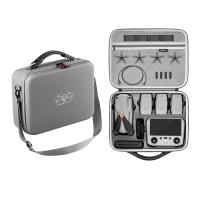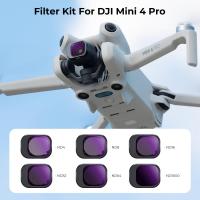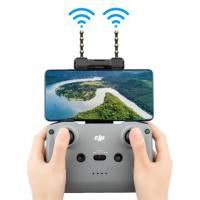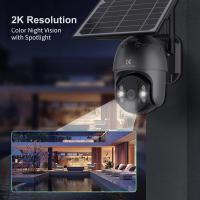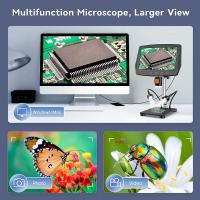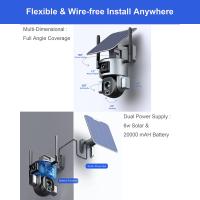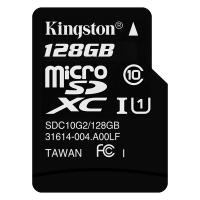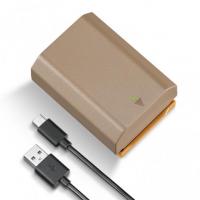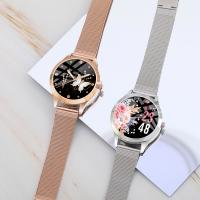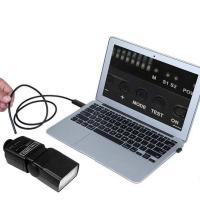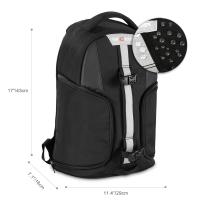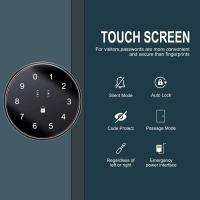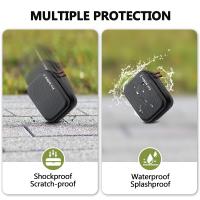What Is Drone Technology?
Understanding Drone Technology: A Comprehensive Guide

Drone technology has evolved significantly over the past decade, emerging as a transformative force across various industries. What was once considered a niche innovation primarily used for military and surveillance purposes is now a mainstream tool that plays an essential role in sectors ranging from agriculture to logistics, media, and even personal entertainment. In this article, we will explore the fundamentals of drone technology, how drones work, their various applications, and the future prospects of this rapidly growing field.
What Are Drones?
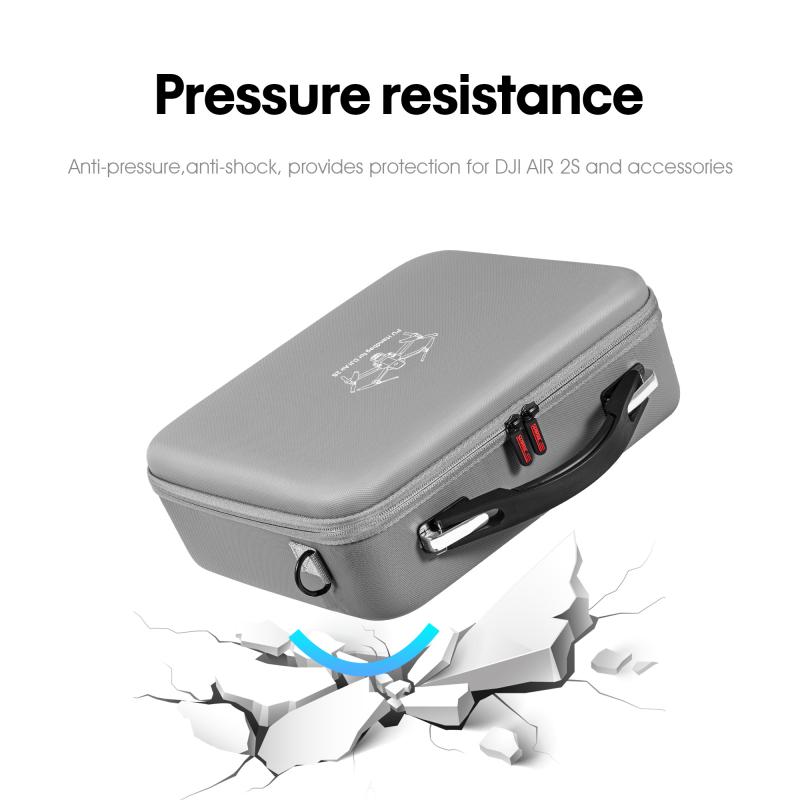
At its core, a drone is an unmanned aerial vehicle (UAV), a craft that is designed to fly without a human pilot aboard. Drones can be remotely controlled or autonomously operated using pre-programmed instructions or artificial intelligence. They can vary greatly in size, design, and capabilities, from small recreational drones used for photography to large, sophisticated UAVs employed for military surveillance.
In the most technical sense, drones are aerial vehicles that are powered either by batteries or fuel engines and operate with varying degrees of autonomy. Their key distinguishing feature is their ability to fly without direct human control aboard the vehicle. This autonomy, coupled with advanced sensors, GPS, and computing power, enables drones to perform a wide range of tasks, from capturing high-definition images to delivering packages or inspecting infrastructure.
How Do Drones Work?
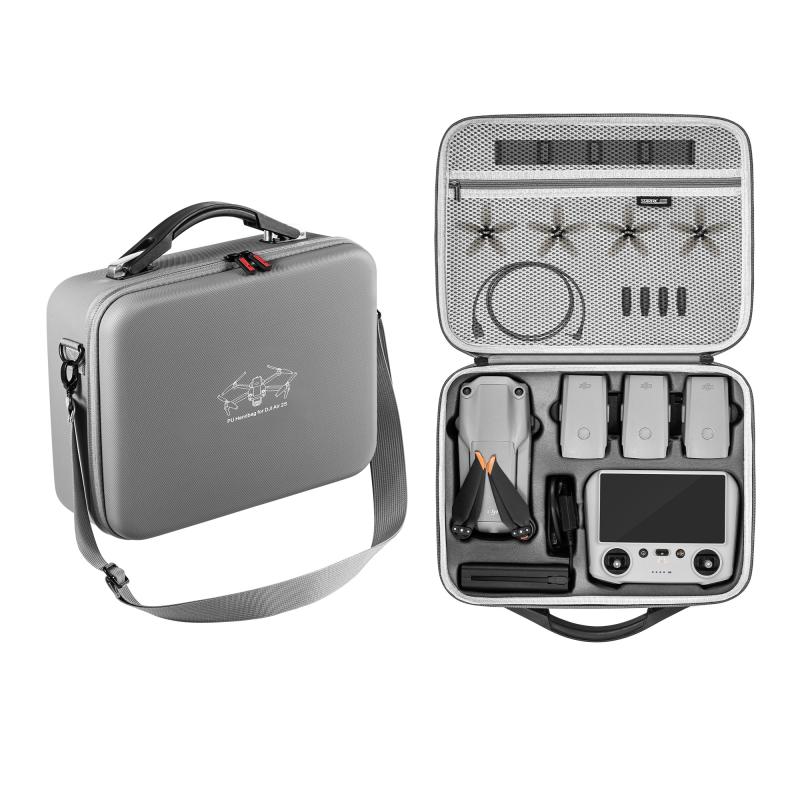
Drones are composed of several key components, each contributing to their flight capabilities. These include:
1. Airframe: The body or structure of the drone, typically made from lightweight materials such as carbon fiber or plastic, ensuring both durability and mobility. The design can vary from quadcopters (four rotors) to hexacopters (six rotors) and beyond.
2. Motors and Propellers: Drones are powered by motors that turn the propellers, allowing the craft to generate lift. The number of motors can vary based on the type of drone; for instance, quadcopters have four motors.
3. Flight Controller: This is the brain of the drone, responsible for stabilizing the craft and controlling its movements. It uses inputs from sensors, such as accelerometers and gyroscopes, to keep the drone steady and responsive to the pilot’s commands.
4. GPS and Navigation Systems: Drones use GPS for location tracking and navigation, allowing them to fly accurately to a predefined destination. This is especially important for autonomous drones, which rely on GPS to follow waypoints and avoid obstacles.
5. Battery and Power Supply: Drones are typically powered by rechargeable lithium-ion batteries, although some heavy-duty models may use fuel-based engines. Battery life is a critical factor in drone operation, as it directly impacts flight time and distance.
6. Sensors and Cameras: Many drones are equipped with cameras, ranging from basic models for casual users to advanced cameras for high-definition video and imaging. Drones can also include sensors such as infrared cameras, LiDAR (Light Detection and Ranging), and thermal sensors, enhancing their utility for various professional applications.
7. Communication System: Most drones communicate with a ground station or controller through radio frequency (RF) signals, Wi-Fi, or even cellular networks. This system allows the operator to maintain control, receive telemetry data, and send commands to the drone.
Key Types of Drones

While drones are often categorized by their purpose, they can also be differentiated by their design and capabilities. Some of the most common types of drones include:
1. Quadcopters: The most popular type of drone, featuring four rotors. Quadcopters are widely used in both recreational and professional applications due to their stability, ease of control, and versatility.
2. Fixed-Wing Drones: Unlike quadcopters, which have vertical takeoff and landing capabilities, fixed-wing drones require a runway for takeoff and landing. They are known for their long flight endurance and efficiency over large areas, making them ideal for tasks like surveying, agriculture, and environmental monitoring.
3. Hexacopters and Octocopters: These drones have six and eight rotors, respectively, and are typically used for more demanding professional applications. With greater lift capacity and stability, they can carry heavier payloads and offer redundancy in case of motor failure.
4. Racing Drones: Built for speed and agility, racing drones are used in drone racing competitions. They are lightweight, highly responsive, and built to reach high speeds, often exceeding 100 miles per hour.
5. Autonomous Drones: These drones can perform tasks without human intervention, using GPS, sensors, and advanced algorithms. They are primarily used in industries like agriculture, logistics, and inspection.
Applications of Drone Technology
Drone technology has found applications in a wide variety of industries. Some of the most common uses include:
1. Aerial Photography and Videography: Drones equipped with high-quality cameras are commonly used in the film and media industries to capture stunning aerial shots. The ability to fly at various altitudes and angles has revolutionized cinematography, enabling filmmakers to capture scenes that would be impossible or prohibitively expensive with traditional helicopters.
2. Agriculture: In the agricultural sector, drones are used for crop monitoring, precision farming, and even planting. Drones equipped with sensors can monitor soil health, assess crop conditions, and even spray fertilizers and pesticides with high precision, reducing costs and environmental impact.
3. Military and Surveillance: The military was one of the earliest adopters of drone technology, using UAVs for surveillance, reconnaissance, and airstrikes. Drones have proven invaluable in monitoring enemy movements, gathering intelligence, and conducting targeted operations without putting human soldiers at risk.
4. Logistics and Delivery: Companies like Amazon have explored using drones for delivering packages, especially to remote or hard-to-reach locations. Drones in this sector are designed to carry lightweight packages and navigate efficiently, reducing delivery times and improving customer satisfaction.
5. Search and Rescue: Drones are increasingly being used in search and rescue missions, particularly in disaster-stricken areas. Equipped with thermal sensors and cameras, drones can help locate survivors in challenging environments, such as collapsed buildings or dense forests.
6. Infrastructure Inspection: Drones are ideal for inspecting infrastructure like bridges, power lines, and wind turbines. Traditional inspection methods often involve costly and dangerous procedures, such as sending workers up in cranes or scaffolds. Drones offer a safer, faster, and more cost-effective alternative for inspecting and monitoring infrastructure.
7. Environmental Monitoring: Environmental agencies use drones for monitoring wildlife, tracking deforestation, and studying climate change. Drones can cover vast areas and collect data that would otherwise be difficult to obtain. This includes aerial surveys of forests, oceans, and even glaciers.
8. Public Safety and Law Enforcement: Law enforcement agencies use drones for monitoring crowds, managing traffic, and gathering evidence during criminal investigations. Drones provide an overhead view, which can be crucial for managing large events or crime scenes.
The Future of Drone Technology
As drone technology continues to evolve, its potential applications are expanding rapidly. The next few years could bring significant advancements in autonomy, battery life, and payload capacity, opening up even more opportunities for industries to leverage UAVs.
1. Autonomous Drones: The future of drones lies in increasing their autonomy. With the integration of artificial intelligence (AI) and machine learning, drones will become more capable of performing tasks without human input, such as delivering goods, conducting inspections, and even monitoring environmental conditions.
2. Swarming Technology: Swarming technology refers to the use of multiple drones working together in a coordinated manner. This can be used in military applications, but also in commercial sectors like agriculture, logistics, and disaster response. Swarming drones can provide more extensive coverage and flexibility, achieving tasks in less time.
3. Urban Air Mobility (UAM): One of the most exciting future prospects for drones is their integration into urban air mobility systems. This could involve drones used as flying taxis or air ambulances, offering a new dimension to urban transportation. Several companies are already testing prototype vehicles for air passenger transport, which could become a reality within the next decade.
4. Regulatory Developments: As drones become more prevalent, governments around the world are introducing regulations to ensure safe and responsible drone use. Future innovations will likely be guided by evolving regulations that address issues such as airspace management, privacy concerns, and safety protocols.
Drone technology is reshaping the way we interact with the world, offering new solutions and possibilities across a wide array of industries. From improving agricultural efficiency to revolutionizing logistics and enhancing public safety, drones are already making a significant impact. As the technology continues to evolve, we can expect to see even more groundbreaking innovations, bringing both challenges and exciting opportunities. Whether you're a hobbyist, a business owner, or a policymaker, staying informed about drone advancements will be key to understanding how this technology can be harnessed for the greater good.

